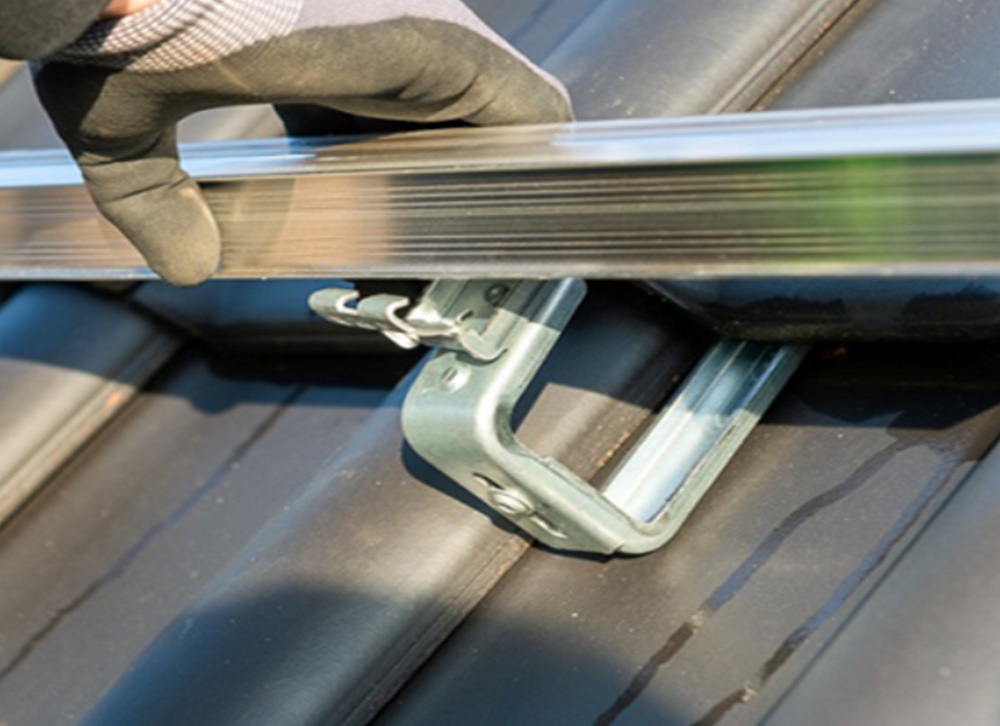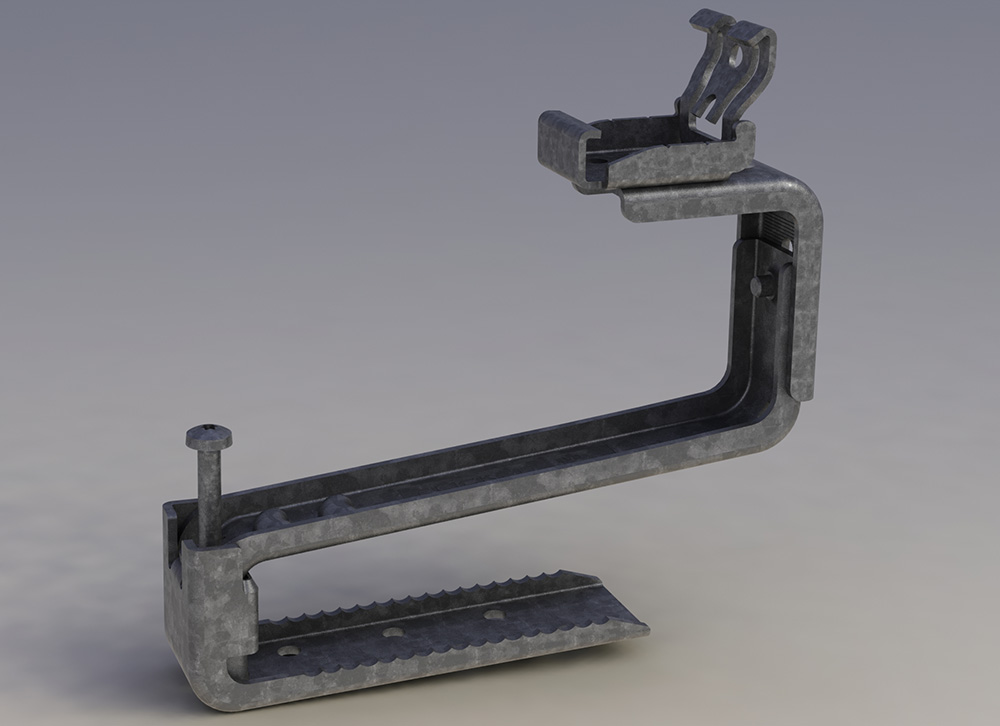Optimization solar panel mounting system sloped roof

Tens of millions of units have since been delivered, but it all began in late 2015 when a mounting system specialist asked us to look at a more efficient version of a whole range of mounting brackets for which to install solar panels on pitched roofs. From no less than 17 variants, we went to just one universal, adjustable and weatherproof version. And that too at less than half the original unit price.
Fewer variants
Project Engineer Sander Lucas was involved from the very beginning. The initial demand quickly grew to include much more optimization than the client initially expected. Sander explains, “The customer approached us asking ‘Can you help us with development to make fewer variants?’ To accommodate the different situations, a bracket had been devised for each type of roof tile, but wind strength and corrosion the closer the installation was to the sea also provided even more versions. In the end, there were 17 variants, which was not only costly and logistically intensive, but also cost the installers more time in the field.”
Sessions, analysis and prototyping
“Very important ease of installation. For example, with one adjustable mounting bracket, installers do not have to first check with the customer what kind of roof tile is there. Instead of several brackets, they only need to bring one mounting bracket on the job. In several sessions, we looked together at specific requirements, strengths and ease of installation. So we created a new design to go from the original aluminum brackets to a stamped version made of magnelis steel. Using FEM strength analyses, we figured out how far we could go back in material thickness while maintaining sufficient strength. We made all kinds of reports on this and, to see how it would work out, we made plastic prototypes. This is how we finally succeeded in arriving at one version that we can produce within the limits of our production.”
Building tools
Developing a manufacturable design took a few weeks, but that was followed by a much more intensive development of tools for die-cutting. Sander: “At the end of 2016, we came to a design freeze, which means that the approved design is fixed. Then you have to develop tools, which also requires coordination and multiple rounds of testing and optimization. First quarter 2017 we were ready to deliver the first production orders.”
Mass production and mass assembly
A separate related project was the development of the clamps used to secure the solar panels to the rail system. Due to large numbers, manual assembly of parts became a drag on deliveries. In cooperation with a supplier, Stanstechniek developed a complete assembly robot. This was also necessary, as the number of brackets and clamps supplied for the mounting system now runs into the tens of millions! pieces.
Want to know more?
Wondering how Stanstechniek can contribute to growth and development? Or would you like to know more about the this project? Please feel free to contact.


